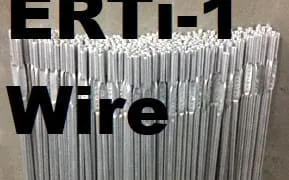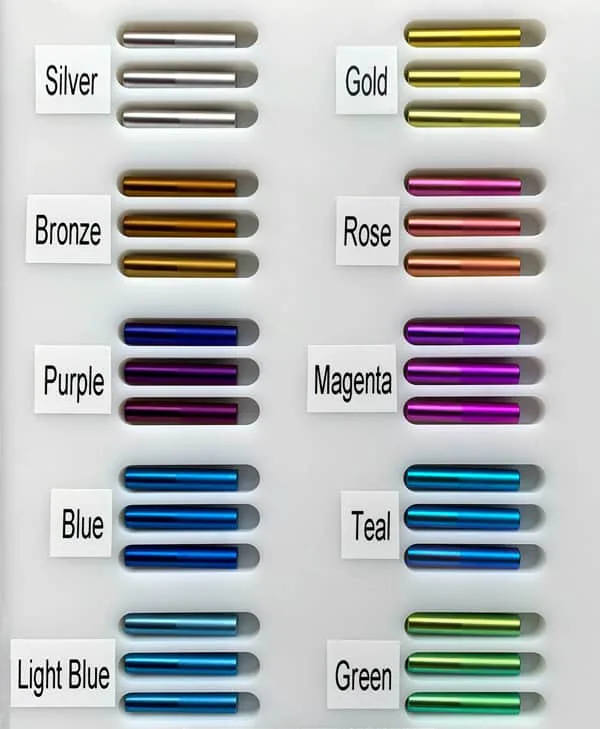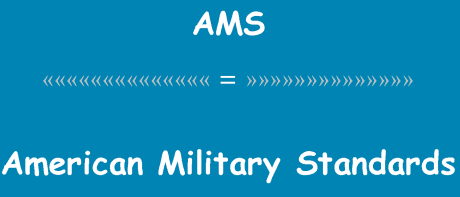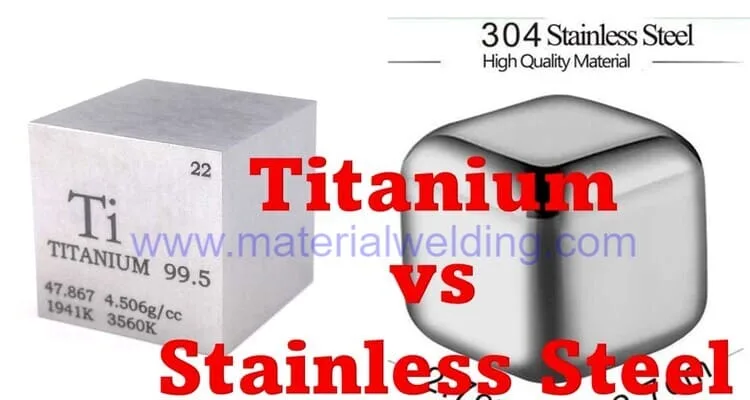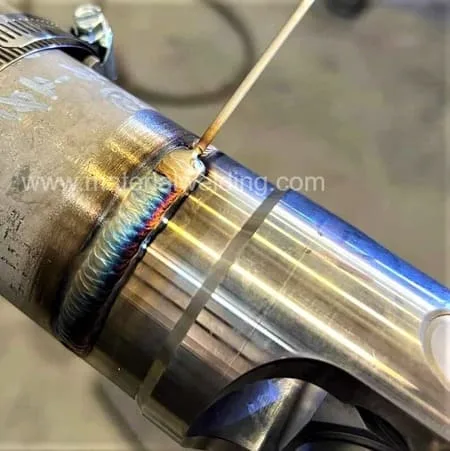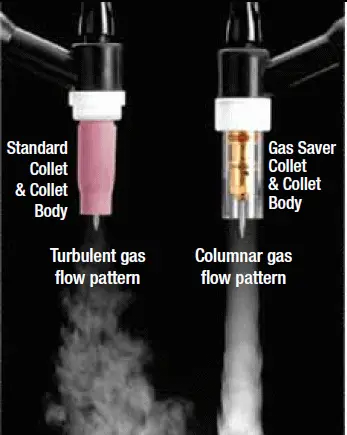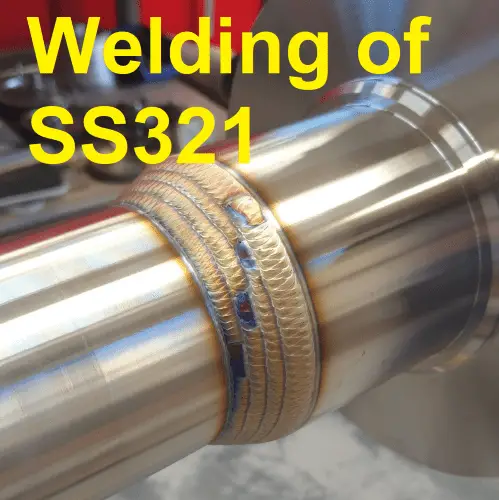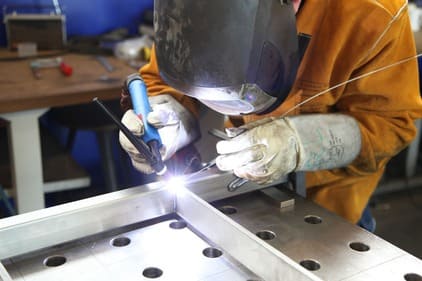What is important in titanium welding? Which shielding gas is to be used and which different titanium welding processes are there and when are they used?
Welding titanium requires precise knowledge of the nature of the material, the various processes for joining this extraordinary material and the appropriate experience in dealing with the welding processes used.
Due to the special properties of the various titanium alloys, it is important to select the right processes and suitable devices when machining and welding titanium materials.
Weld Preparation before Welding
Similar to other welding work, proper preparation is one of the most important work steps in titanium welding.
The cleaning of the adjacent welding area is therefore absolutely necessary before welding and determines the success of the weld seam. Pure alcohol or acetone is recommended as a cleaning agent.
Read more: Titanium Welding Guide.
Why Titanium is it a valuable alloy?
Titanium is a popular micro-alloying ingredient for steel. Even small concentrations of 0.01 to 0.1% in the steel noticeably improve its toughness, strength, and ductility.
Even more interesting is that titanium has an exceptionally good strength-to-weight ratio. The material is very stiff, even if it is not very thick, and can withstand high loads. Pure titanium has high-temperature resistance (melting point 1668 °C), high strength, and low density (4.507 g/cm3).
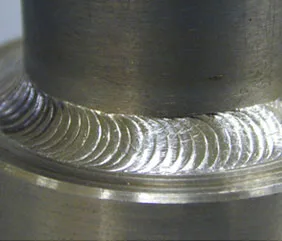
Titanium is by no means rare, with a content of 0.565% it is even the ninth most common element in the earth’s crust.
However, pure titanium is hardly found on the earth, it is mostly bound to oxygen and is then in the form of titanium oxides. It is mostly obtained from ilmenite (FeTiO3) or rutile (TiO2). Extraction using the so-called Kroll process is lengthy and complex, resulting in a high raw material price for titanium.
What are the Welding Processes for Titanium Welding?
Titanium can be welded with different welding processes but TIG and MIG welding are the most common. Other Welding processes used for Titanium welding are:
- Plasma welding
- Resistance welding
- Electron beam welding
- Diffusion welding
- Friction welding
- Explosive welding
Welding Grade 5 Titanium
welding of grade 5 Titanium is carried out using an ERTi-5 (AWS A5.16 specification) TIG-MIG filler wire rod. The wire ISO specification is ISO 24034. The weld deposit hardness of ERTi-5 wire is 300·340 HV.
TIG welding is best for titanium welding, as this process shields the weld pool with an inert gas. The TIG and MIG processes are common in weld closure and apparatus construction, where sheet metal and thinner workpieces have to be joined together. The welding process is carried out using direct current and negative electrodes (DCEN Polarity).
During welding, if the rod end gets discoloration, cut-off the affected rod length and do not use it for welding.
Titanium welding takes place in an inert gas atmosphere, the welding gas used mostly consists of argon. When welding titanium, it is important that the shielding gas has a high degree of purity. Argon with a purity of 99.99% and higher is quite common since a purity of just 99.98 can result in unclean and brittle welds.
Grade 5 titanium welding wire
Grade 5 Titanium (Ti 6Al-4V) is also called 6-4 titanium. ERTi-5 (AWS A5.16) classification welding wire is mainly used for welding Grade 5 titanium. ERTi-5 chemical compositions are:
- C%: 0.03 max.,
- O%: 0.12- 0.20,
- N%: 0.030 max.,
- H%: 0.015 max.,
- Fe%: 0.22 max.,
- Al%: 5.50- 6.75,
- V%: 3.50- 4.50.
Welding grade 5 to grade 9 titanium
Welding grade 5 to grade 9 titanium may sound daunting, but it is actually a relatively straightforward and cost-effective process.
By taking the right precautions and using the right welding techniques, grade 5 and grade 9 titanium can be joined without compromising either material’s integrity.
You can use ERTi-23 (AWS A5.16) classification welding wire for Welding grade 5 to grade 9 titanium.
Use pure argon (strive for high purity only), and if possible weld inside an enclosure.
Grade 5 titanium is used in a variety of applications where strength and heat resistance are key requirements, while Grade 9 offers greater corrosion resistance than Grade 5.
Welding these two materials together allows for greater flexibility when designing components for specialized purposes; for example, parts with higher stress or fatigue loading can benefit from having parts made of both grades of titanium.
Welding grade 2 to grade 5 titanium
ERTi-5 is an extra-low interstitial grade of titanium alloy, and it can be used to weld grades 2 to 5 titanium with the right technique. Those who are unfamiliar with welding titanium should consult a professional as mistakes can cause serious damage.
ERTi-5 is an alloy of Titanium (Ti), Aluminum (Al), Vanadium (V) and Iron (Fe). It has excellent welding properties for joining Ti alloys.
In addition, pure argon must be used for weld shielding and purging in order to prevent any oxidation or contamination of the weld.
